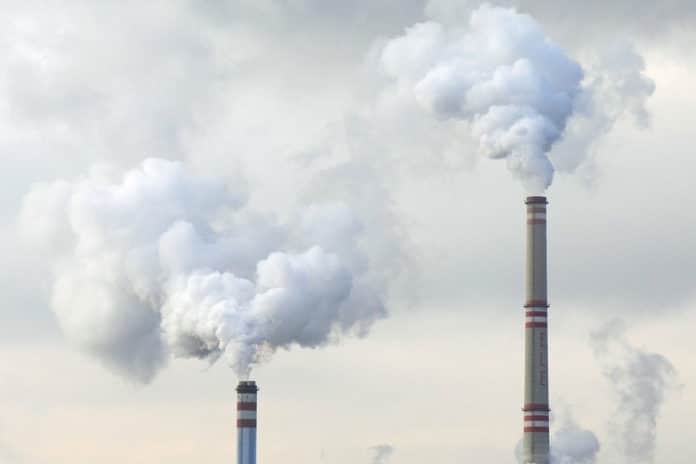Carbon Capture and Storage (CCS) is a technology that can capture up to 90% of the carbon dioxide (CO2) emissions produced from the use of fossil fuels in electricity generation and industrial processes, preventing carbon dioxide from entering the atmosphere. It is one of the carbon abatement technologies that can be used in a ‘carbon-negative’ mode – actually taking carbon dioxide out of the atmosphere.
So far, the materials and processes involved have been associated with significant adverse side effects and high costs. But new research from Chalmers University of Technology and Stockholm University in Sweden has demonstrated the possibility of a sustainable, low-cost alternative with excellent, selective carbon dioxide-capturing properties.
Scientists have devised a new material to capture carbon dioxide. Their new material is a bio-based hybrid foam- composed of a high amount of CO2-adsorbing ‘zeolites’ – microporous aluminosilicates. The porous, open structure of the material gives it a great ability to absorb carbon dioxide.
Zeolites can potentially capture carbon dioxide. Scientists combined zeolites with gelatine and cellulose to make the material durable, lightweight, and stable material with high reusability.
Walter Rosas Arbelaez, a Ph.D. student at Chalmers’ Department of Chemistry and Chemical Engineering and one of the researchers behind the study, said, “Together, this makes a durable, lightweight, stable material with high reusability. Our research has shown that the cellulose does not interfere with the zeolites’ ability to absorb carbon dioxide. The cellulose and zeolites together, therefore, create an environmentally friendly, affordable material.”
Professor Anders Palmqvist, a research leader for the study at Chalmers, said, “This research fits well with the ongoing developments within CCS and CCU (Carbon Capture and Utilisation) technology, as a sustainable alternative with great potential. In addition to bio-based materials being more environmentally friendly, the material is a solid – once the carbon dioxide has been captured, it is, therefore, easier and more efficient to separate it than from the liquid amine solutions.”
Walter Rosas Arbelaez said, “What surprised us most was that it was possible to fill the foam with such a high proportion of zeolites. When we reached 90% by weight, we realized that we had achieved something exceptional. We see our results as a fascinating piece of the puzzle in the search for a solution to the complex challenge of being able to reduce the amount of carbon dioxide in the Earth’s atmosphere quickly enough to meet climate goals.”
The study is published in the journal ACS Applied Materials & Interfaces.
